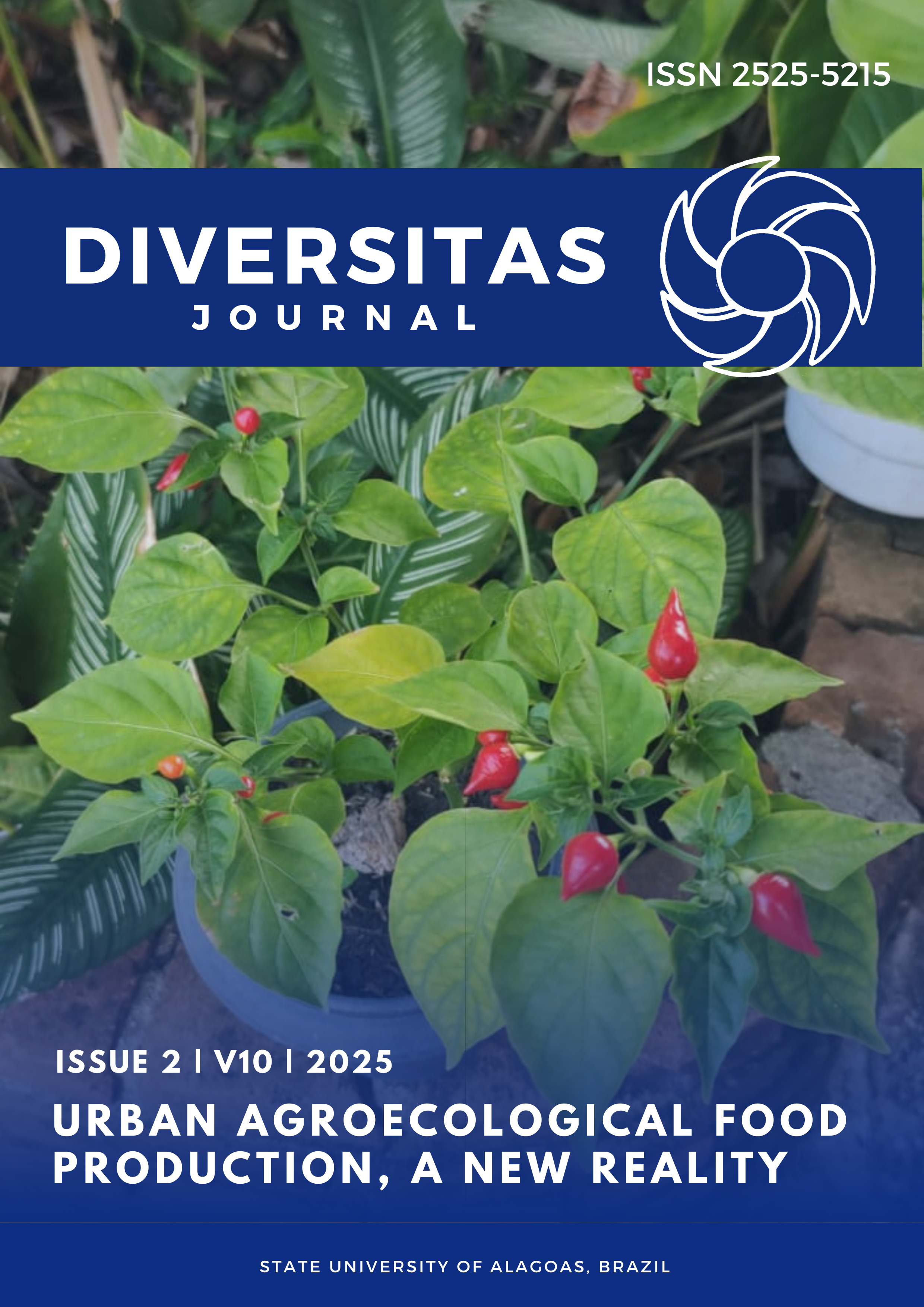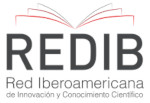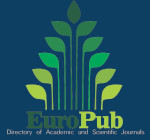Beyond Sustenance: Exploring the Cultural and Narrative Significance of Rice in Five Ifugao Narratives
DOI:
https://doi.org/10.48017/dj.v10i2.3044Keywords:
cultural semiotics, cultural values, Ifugao rice, indigenous knowledge, quality educationAbstract
Ifugao is recognized worldwide for its Globally Important Agricultural Heritage Systems (GIAHS) and the Ifugao Rice Terraces (IRT) inscribed on the UNESCO World Heritage List in 1995. For the Ifugaos, the tinawon rice is the center of their life, tradition, and festivities. Various narratives take the tinawon rice as their inspiration. Each narrative has its portrait of rice. Through the qualitative approach, this paper advances that the selected narratives rationalized the establishment of the tinawon rice as the basis of rites, practices, social organization, and value system practiced by the Ifugaos. Moreover, rice is a symbol of the mutual exchange and partnership between Skyworld and the first people of Ifugao to warrant well-being. Lastly, rice symbolizes the favorable response of the gods to human needs. Consequently, the absence of tinawon rice would result in the cultural and literary demise of the Ifugao people, thus, the rise and fall of the Ifugao literary and cultural heritage.
Metrics
References
Aguilar, F. (2013). Rice and Magic: A cultural history from the precolonial world to the present. Philippine Studies: Historical and Ethnographic Viewpoints, 61(3), 297-330.
Ajjarapu, A. (2014). Rice Science for a Better World: Analyzing the rice preference of major actors in the rice value chain. International Rice Research Institute.Los Banos, Philippines.
Arguilla, M. Rice. https://pdfcoffee.com/rice-by-manuel-e-arguilla-pdf-free.html.
Arya, Aneri (2020). An Overview of Textual Analysis as a Research Method for Cultural Studies. International Journal for Innovative Research in Multidisciplinary Field. Vol. 6.
Baker, R., Baker, F. (2002). Cultural Values in Thailand and Mexico: Oral Traditions, Folktales, and Proverbs East and West. https://scholarworks.calstate.edu/downloads/n296x131d.
Camacho, LD. (2015). Indigenous knowledge and practices for the sustainable management of Ifugao forests in Cordillera, Philippines. International Journal of Biodiversity Science, Ecosystem Services and Management, ISSN: 2152-3732, 2151-3740.
Compendium of Potential Globally/Nationally Important Agricultural Heritage Systems. 2013.
Delas Pena, MLAN. (2016). Mathematical and anthropological analysis of northern Luzon funeral textile. ISSN 0031-7683,89-103. https://archium.ateneo.edu/magisterial-lectures/30/.
Dominong, M. (2022). IFUGAO Folk Literature. Cagayan: June 14:14 Book Publishing Center. 8-10, 14-17.
Esterik, P. (1984). Rice and Milk in Thai Buddhism: Symbolic and Social Values of Basic Food Substances. Crossroads: An Interdisciplinary Journal of Southeast Asian Studies, 2, (1), 46-58.
Esmero, Diadem (2022). Rice: A symbol of hope in pandemic times. Philippine Rice Research Institute. https://www.Philrice.gov.ph>rice_a_symbol_of_hope.
Gnanamanickam, Samuel (2009). Rice and Its Importance to Human Life. 8.10.1007/978-90-481-2465-7_1.
Hanhee, H. (2005). Rice and Koreans: Three Identities and Meaning. https://accesson.kr/kj/assets/pdf/8075/journal-45-2-89-pdf.
Kim, M. (2015). Rice in ancient Korea: status symbol or community food. Antiquity, 89(346), 838-853.
Long, Jinshun (2021). Cultural Semiotics and Related Interpretation. Advances in Social Science, Education and Humanities, Vol. 568.
Mahgoub, Y., Alsoud, K. (2015). The Impact of Handicrafts on the Promotion of Cultural and Economic Development For Students of Art Education in Higher Education. Journal of Literature and Art Studies, 5(6), 471-479.
Maknun, T. (2020). Cultural Dimensions of Black Representations of Ammota Community: Study of Cultural Semiotics. https://journal.unhas.ac.id/index.php/jish.
Martin, M. (2017). The Rice Terraces of Ifugao Province, Philippines. Journal of World Heritage, ISSN 2189-4728, 1-5.
Ocampo, Hernando. (1964). Rice and Bullets. Philippine Cross Section: An Anthology of Outstanding Filipino Short Stories in English. Phoenix Publishing.
Pineda, M. (2016). Love in the Rice fields and other love stories.
Periera, T. (2007). Telling Tales: Memory, Culture, and the Hudhud Chants. Swarthmore College.
Wojtan, L. (1993). RICE: It's More Than Just a Food. Japan Digest.
Xueqin, C. (1929). Dream of the Red Chamber. Doubleday. Indigenous Peoples Education: “From Alienation to Rootedness”. Consolidated report by the Episcopal Commission on Indigenous Peoples. Christian Conference in Asia. https://cca.org.hk/ctc/ctc02-02/ctc02-02h.htm.
The 17 Sustainable Development Goals. https://sgs.un.org/goals.
Downloads
Published
How to Cite
Issue
Section
License
Copyright (c) 2025 Karen Puguon, Joyce Arriola

This work is licensed under a Creative Commons Attribution 4.0 International License.
The Diversitas Journal expresses that the articles are the sole responsibility of the Authors, who are familiar with Brazilian and international legislation.
Articles are peer-reviewed and care should be taken to warn of the possible incidence of plagiarism. However, plagiarism is an indisputable action by the authors.
The violation of copyright is a crime, provided for in article 184 of the Brazilian Penal Code: “Art. 184 Violating copyright and related rights: Penalty - detention, from 3 (three) months to 1 (one) year, or fine. § 1 If the violation consists of total or partial reproduction, for the purpose of direct or indirect profit, by any means or process, of intellectual work, interpretation, performance or phonogram, without the express authorization of the author, the performer, the producer , as the case may be, or whoever represents them: Penalty - imprisonment, from 2 (two) to 4 (four) years, and a fine. ”















.png)




